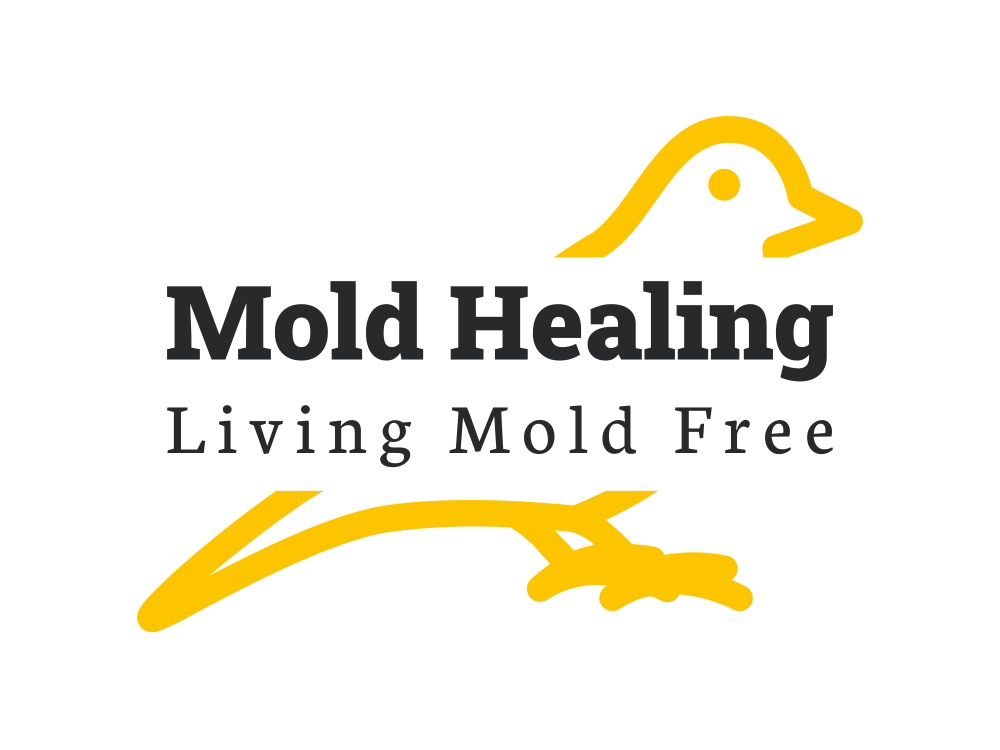Mold is a common problem that can affect homes, offices, and other buildings. Mold exposure can cause allergic reactions, respiratory issues, and even chronic illness. If you are concerned about mold exposure in your home or workplace, there are steps you can take to improve indoor air quality and reduce your risk. In this article, we will explore how to improve indoor air quality to reduce mold exposure, using quotes from medical professionals.
Identify The Problem
Mold grows in damp or humid environments, so the first step in reducing mold exposure is to identify and address the source of the moisture problem. This may involve repairing leaky pipes, fixing a roof, or increasing ventilation. According to Dr. Ritchie Shoemaker, a leading expert on mold and health, “The key to preventing mold is to control moisture. If you can fix the source of the moisture problem, you can prevent mold growth” (source).
How To Improve Air Quality
Use a dehumidifier:
Using a dehumidifier in damp or humid areas can help to reduce the risk of mold growth. Dehumidifiers work by removing excess moisture from the air, which can help to create a drier, less hospitable environment for mold. According to the Environmental Protection Agency, “Using a dehumidifier in damp or humid areas can help to reduce the risk of mold growth” (source).
Increase ventilation:
Increasing ventilation in your home or workplace can help reduce mold growth risk by allowing excess moisture to escape. This can be achieved by opening windows and doors, using exhaust fans in bathrooms and kitchens, and using a ventilation system. According to the Centers for Disease Control and Prevention, “Increasing ventilation in your home or workplace can help to reduce the risk of mold growth” (source).
Clean and dry water-damaged areas promptly:
If you have experienced water damage in your home or workplace, it is important to clean and dry the affected area as soon as possible. This can help to prevent mold growth and reduce the risk of mold exposure. According to the Environmental Protection Agency, “Cleaning and drying water-damaged areas promptly can help to prevent mold growth and reduce the risk of mold exposure” (source).
Use an air purifier:
Using an air purifier can help to improve indoor air quality by removing mold spores and other contaminants from the air. Air purifiers work by using filters or other technologies to trap and remove particles from the air. According to the American Lung Association, “Air purifiers can help to improve indoor air quality by removing mold spores and other contaminants from the air” (source).
Clean and maintain your home or workplace regularly:
Regular cleaning and maintenance can help to prevent mold growth and reduce the risk of mold exposure. This includes cleaning surfaces with a mold-killing cleaning solution, replacing moldy items, and keeping the humidity level in your home or workplace between 30-50% (source). According to the Environmental Protection Agency, “Regular cleaning and maintenance can help to prevent mold growth and reduce the risk of mold exposure” (source).
Consider using natural cleaning products:
Using natural cleaning products can help to reduce the number of chemicals in your home or workplace, which may be beneficial for indoor air quality. Natural cleaning products are made from plant-based or mineral-based ingredients and are generally considered to be safer and more environmentally friendly than traditional cleaning products. According to the Environmental Working Group, “Using natural cleaning products can help to reduce the amount of chemicals in your home or workplace, which may be beneficial for indoor air quality” (source).
Conclusion
Overall, there are several steps you can take to improve indoor air quality and reduce mold exposure in your home or workplace. These include identifying and addressing the source of the moisture problem, using a dehumidifier, increasing ventilation, cleaning and drying water-damaged areas promptly, using an air purifier, cleaning and maintaining your home or workplace regularly, and considering using natural cleaning products. By following these steps, you can improve your indoor air quality and protect your health.

